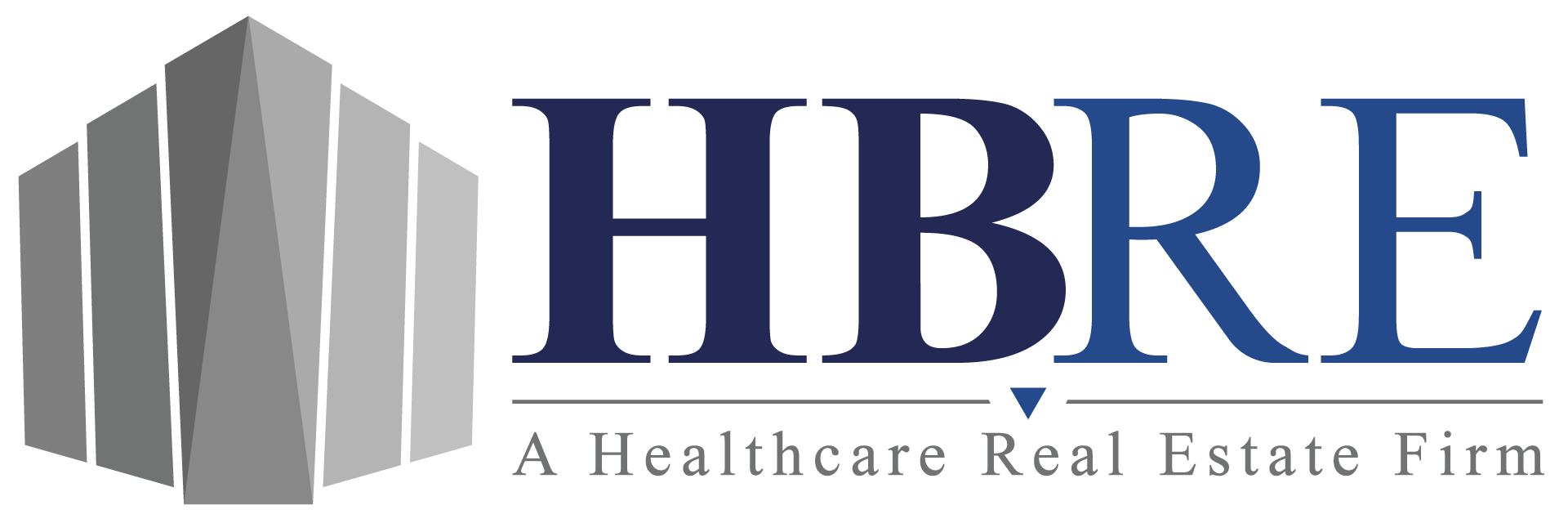Deciding whether to own or lease a medical office building is a critical decision for healthcare providers, as it can have a significant impact on the success and financial stability of their practice. Both owning and leasing a medical office building have their advantages and disadvantages, and the best choice depends on a variety of factors.
Ownership of a medical office building provides several benefits. One of the primary advantages is the ability to build equity in the property. By owning the building, a healthcare provider can benefit from long-term appreciation in value and potentially sell the property for a profit in the future. This equity can serve as a valuable asset and contribute to the provider’s overall financial portfolio. Additionally, owning a medical office building can provide greater control over the property, allowing the provider to customize the space to meet their unique needs. They have the freedom to design and modify the layout, ensuring that it aligns perfectly with their practice requirements and enhances the patient experience.
Another advantage of owning a medical office building is the potential tax benefits. Owners may be able to deduct the interest on their mortgage, property taxes, and other expenses associated with owning the property. These tax benefits can help offset the costs of ownership and improve the financial performance of the practice. It is essential to consult with a tax advisor to understand the specific tax advantages available based on individual circumstances.
However, owning a medical office building also comes with several challenges. One of the primary concerns is the significant upfront costs associated with purchasing the property. This can include the down payment, closing costs, and other expenses, which can be a significant financial burden for many healthcare providers. Financing options such as commercial mortgages or loans can help manage the upfront costs, but it is crucial to carefully evaluate the financial implications and ensure the long-term affordability of the investment.
In addition, owning a medical office building also requires ongoing maintenance and repairs. Owners are responsible for the upkeep of the property, including repairs to the roof, HVAC systems, and other components. These costs can add up over time and can significantly impact the profitability of the practice. It is essential to budget for regular maintenance and unexpected repairs to ensure the building remains in excellent condition and meets all safety and regulatory requirements.
On the other hand, leasing a medical office building provides several advantages as well. One of the primary benefits is the ability to avoid the significant upfront costs associated with ownership. Leasing requires a smaller upfront investment and can allow healthcare providers to allocate more resources to other critical areas of their practice, such as hiring staff or investing in new technology. This can be particularly advantageous for new practices or those looking to expand their services.
Leasing also provides greater flexibility, as providers can adjust their space needs more easily in response to changes in their practice or the healthcare industry. This flexibility allows for scalability, enabling healthcare providers to adapt their space requirements as their practice grows or contracts. It provides the opportunity to test different locations or move to areas with higher patient demand without the long-term commitment of ownership.
However, leasing a medical office building also has its challenges. One of the primary concerns is the potential for rent increases over time, which can significantly impact the financial stability of the practice. It is crucial to carefully review the lease agreement, including provisions related to rent escalation and renewal options, to understand the long-term financial obligations and assess the feasibility of sustaining the practice in the leased space.
Additionally, providers who lease their space may have less control over the property, limiting their ability to customize the space to meet their unique needs. While landlords may be open to tenant improvements and modifications, the level of customization may be restricted compared to owning a building outright. Healthcare providers should evaluate their specific space requirements and consider whether leasing options can adequately accommodate their practice needs.
In conclusion, the decision to own or lease a medical office building depends on a variety of factors, including financial resources, long-term goals, and the unique needs of the practice. Both options provide advantages and disadvantages, and healthcare providers should carefully consider their options and consult with a real estate professional before making a decision. Assessing the financial implications, market conditions, and growth potential of the practice can help inform the choice. Ultimately, the choice that provides the greatest benefit to the practice and its patients should be the one that is pursued.
At HBRE, we understand the complexities of the healthcare real estate market and the critical decisions healthcare providers face. As a trusted partner, we offer comprehensive healthcare real estate solutions to support our clients throughout the ownership journey. Whether you are considering owning or leasing a medical office building, our team of experts is dedicated to delivering tailored strategies and valuable insights to help you make informed decisions.
Reach out to us today to discuss how we can assist you in achieving your healthcare real estate goals. Contact us at [email protected] to schedule a consultation and explore how HBRE can be your trusted partner in navigating the dynamic healthcare real estate landscape. Together, we can drive the success of your practice and ensure the long-term prosperity of your healthcare real estate investments.




